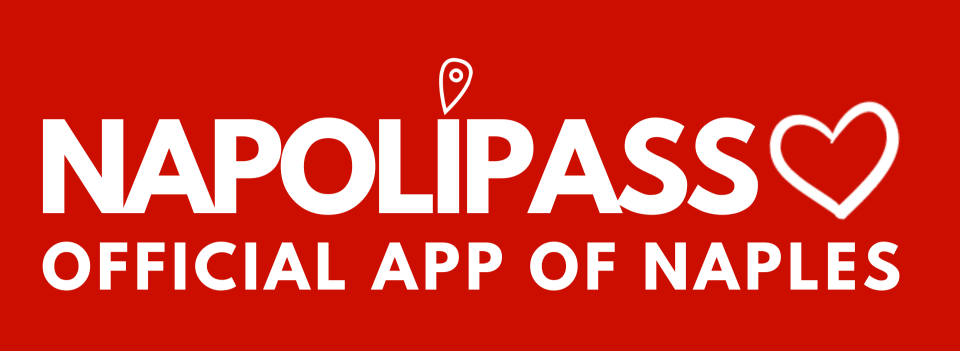Welcome to the Excavations of Boscoreale and the Antiquarium, a place that allows us to explore daily life in the rustic villas of ancient Rome and the archaeological evidence related to the eruption of Vesuvius in 79 AD. Boscoreale, located not far from Pompeii and Herculaneum, was a rural area characterized by luxurious residences but mainly by agricultural villas, where goods such as wine, oil, and other agricultural products were produced.
The excavations of Boscoreale have uncovered not only sumptuous villas but also numerous artifacts that help us better understand agricultural techniques, eating habits, and the lifestyle of the local population. This site offers a broader view of Roman life, showing how the countryside thrived alongside urban centers.
One of the main buildings unearthed from the excavations of Boscoreale is Villa Regina, a perfect example of a rustic villa, that is, a farming estate used for the production and transformation of agricultural products, primarily wine. The villa, more modest compared to the aristocratic residences like that of Poppea in Oplontis, provides us with an interesting insight into the agricultural technologies of the time.
At the center of the villa is a torcularium, that is, the room dedicated to grape pressing, with the large press used for wine production, one of the main products of the area. The ancient Romans used advanced techniques for winemaking, and Villa Regina was a hub of activities related to this production. The amphorae found testify to the wide distribution of the wine produced in this area, which was sold both locally and exported to other provinces of the Roman Empire.
The villa also includes a series of rooms dedicated to domestic life. The frescoes found on the walls of the rooms are rather simple compared to those of patrician villas, but still elegantly decorated. These frescoes give us an idea of the aesthetic preferences of the rural population, featuring scenes of natural landscapes and geometric decorations.
Within the Boscoreale site, the Antiquarium is a museum that preserves and displays many of the extraordinary artifacts found not only in Boscoreale but also in other locations in the Vesuvius area, such as Pompeii and Oplontis. The Antiquarium is particularly important because it presents a collection of objects that tell the story of daily life in ancient Rome, focusing on the more practical and agricultural aspects, as well as the devastating effects of the eruption of Vesuvius.
Among the exhibited objects are kitchen utensils, agricultural tools, containers for food and wine, and splendid domestic silverware, such as finely decorated plates and glasses. These objects were used not only in households but also during banquets, demonstrating the refined taste of the wealthiest families in the area.
One of the most significant elements of the collection is the plaster casts of animals found buried by volcanic ash. These casts dramatically show how the eruption affected not only humans but also the animals that inhabited the countryside and villas. They are a poignant reminder of the natural tragedy that destroyed this prosperous region.
In addition to Villa Regina, many other agricultural and residential buildings have been discovered in the excavations of Boscoreale. These rustic villas were often part of large estates, managed by aristocratic families that owned vast lands in the countryside around Pompeii and Herculaneum. The villas, equipped with warehouses for the storage of wine and oil, represented the backbone of the agricultural economy of the time.
Among the most interesting artifacts found in these residences are agricultural tools, such as plows, sickles, and millstones used for processing agricultural products. These tools allow us to understand how the products of the land were cultivated and processed, offering a fascinating glimpse into Roman agricultural technology.
Many of these villas, despite their primary agricultural function, were also comfortable residences with private baths, decorated dining rooms, and entertainment spaces. The patrician families spent part of the year in these rural residences to oversee agricultural activities and enjoy the tranquility of the countryside.
Like much of the Vesuvius area, Boscoreale was severely affected by the eruption of Vesuvius in 79 AD. Ash and lapilli covered the entire area, burying the villas and surrounding countryside. However, precisely because of the volcano's fury, many structures and everyday objects have reached us in an exceptional state of preservation.
The eruption also devastated the surrounding vineyards and orchards, abruptly halting agricultural activities. Despite this tragedy, the excavations of Boscoreale provide a vivid testimony of rural life in antiquity and the close relationship between nature and man.
The Excavations of Boscoreale and its Antiquarium are a unique window into the rural world of ancient Rome. Here, among agricultural villas, farming tools, and refined frescoes, we can explore a lesser-known aspect of Roman civilization: life in the countryside, closely tied to agricultural production and the management of natural resources.
In addition to its daily testimonies, Boscoreale also offers us a glimpse into the tragedy of the eruption of Vesuvius, showing how this catastrophe affected not only the cities but also the fertile countryside surrounding Pompeii and Herculaneum. We hope that this visit has enriched you and that you have grasped the importance of this site in the history of ancient Rome and in our understanding of rural life two thousand years ago.
Thank you for visiting Boscoreale.

